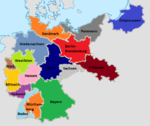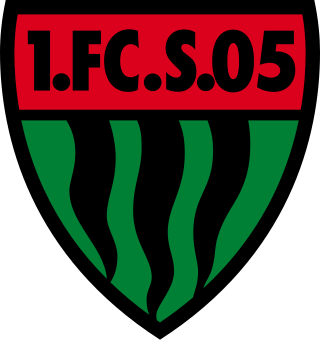
1. Fussball-Club Schweinfurt 1905, Verein für Leibesübungen e.V., called 1. FC Schweinfurt 05, Schweinfurt 05, or simply FC 05, is a German association football club established in Schweinfurt (Bavaria) in 1905. It has sections for netball, fistball, field hockey, badminton, gymnastics, rugby, American football, futsal, and athletics.
FV 04 Würzburg is a German association football club from the city of Würzburg, Bavaria founded in 1904 as 1. Würzburger FV 04. The club emerged as WFV in 1923 after leaving a short-lived union formed with a gymnastics club.

Fußball-Club Würzburger Kickers e.V. is a German association football club playing in Würzburg, Bavaria. In pre-World War II football, the club competed briefly at the highest level in the Bezirksliga Bayern, and during the war, in the Gauliga Bayern. Post-war, it made a single appearance in professional football in the southern division of the 2. Bundesliga in 1977–78. After a long stint in amateur football, dropping as low as the seventh tier, the club began a recovery. The Kickers reached professional football again in 2014–15 after winning promotion to the 3. Liga and the following season were promoted to the 2. Bundesliga.
The ESV Ingolstadt is a general sports club in Ingolstadt, Bavaria, formed on 15 February 1919.
The Landesliga Bayern-Süd was the sixth tier of the German football league system in southern Bavaria. Until the introduction of the 3. Liga in 2008, it was the fifth tier of the league system, until the introduction of the Regionalligas in 1994 the fourth tier.

BC Augsburg was a German football club based in Augsburg, Bavaria. The team was founded as Fußball-Club Allemannia Augsburg in 1907 and played as Ballspiel-Club Augsburg from 1921 to 1969. Facing imminent financial collapse, BC merged with the football side of TSV Schwaben Augsburg in July 1969 to form FC Augsburg. The union was short-lived and Schwaben re-established its own football department the following year. FCA remains active today and carries on the tradition of the original side.

The TSV 1860 Munich II is the reserve team of German football club TSV 1860 Munich, from the city of Munich, Bavaria.

The Gauliga Südwest/Mainhessen was the highest football league in the German state of Hesse, the Bavarian province of Palatinate, the Saarland and some parts of the Prussian province of Hesse-Nassau from 1933 to 1941. From 1941, it also included parts of the occupied French region of Lorraine. Additionally, the league was from then on divided in the Gauligas Hessen-Nassau and Westmark.
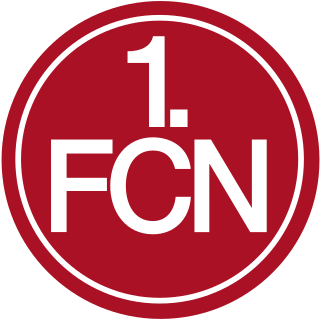
The 1. FC Nürnberg II is the reserve team of German football club 1. FC Nürnberg, from the city of Nuremberg, Bavaria.

The most famous league derbies in Bavarian football are the games between FC Bayern Munich and 1. FC Nürnberg, with the Bayern versus TSV 1860 Munich matchups coming a close second. Traditionally, 1. FC Nürnberg versus SpVgg Fürth is also of historical significance as, especially during the 1920s, those two clubs were dominant forces in German football. A distant fourth comes the Augsburg derby, at times played on highest level in the past, too.
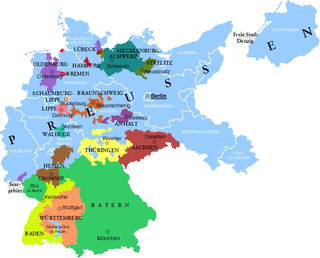
The Bezirksliga Bayern was the highest association football league in the German state of Bavaria from 1923 to 1933. The league was disbanded with the rise of the Nazis to power in 1933.
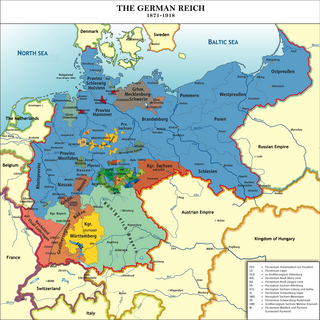
The Southern German football championship was the highest association football competition in the southern Germany, established in 1898. The competition was disbanded in 1933 with the rise of the Nazis to power.

The FC Penzberg is a German association football club from the city of Penzberg, Bavaria.

The Kreisliga Bayern was the highest association football league in the German Kingdom of Bavaria and, later, the state of Bavaria from 1909 to 1923. The league was disbanded with the introduction of the Bezirksliga Bayern in 1923.
The 1945–46 season of the Landesliga Bayern, the second highest association football league of the German football league system in Bavaria at the time, was the inaugural season of the league. The first season of the league marked the restart of league football in Bavaria after the end of the Second World War.

The 1933–34 Gauliga Bayern was the inaugural season of the league, one of the 16 Gauligas in Germany at the time. It was the first tier of the football league system in Bavaria (German:Bayern) from 1933 to 1945. The Gauliga Bayern had replaced the Bezirksliga Bayern which had been played in two divisions, north and south, as the top tier of football in Bavaria at the end of the 1932–33 seasons.

The 1942–43 Gauliga Bayern was the tenth season of the league, one of the 29 Gauligas in Germany at the time. It was the first tier of the football league system in Bavaria (German:Bayern) from 1933 to 1945. It was the first season of the league being sub-divided into a northern and southern division, the Gauliga Nordbayern and Gauliga Südbayern.
The 1943–44 Gauliga Bayern was the eleventh season of the league, one of the 31 Gauligas in Germany at the time. It was the first tier of the football league system in Bavaria (German:Bayern) from 1933 to 1945. It was the second and last season of the league being sub-divided into a northern and southern division, the Gauliga Nordbayern and Gauliga Südbayern, with further sub-dividing taking place in the uncompleted 1944–45 season.
The 1944–45 Gauliga Bayern was the twelfth and last season of the league, one of the regional divisions of the Gauligas in Germany at the time. It was the first tier of the football league system in Bavaria (German:Bayern) from 1933 to 1945. It was the final season of the league which operated in five regional divisions. None of the competitions were completed and some may not even have been started.
The 1932–33 Bezirksliga Bayern was the tenth and last season of the league, one of the eight Bezirksligas in Southern Germany at the time. It was the first tier of the football league system in Bavaria (German:Bayern) from 1923 to 1933. The league was organised in two regional divisions, north and south, with the best two teams from each qualified for the Southern German championship.
